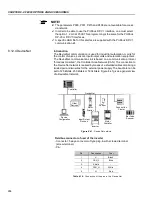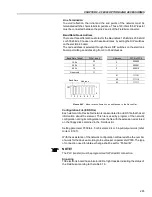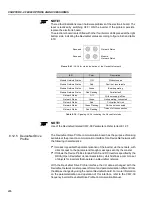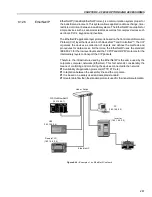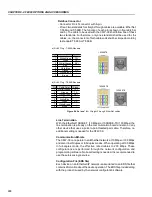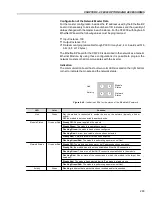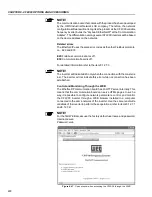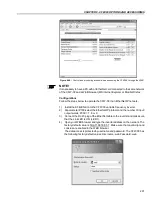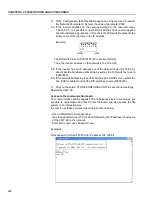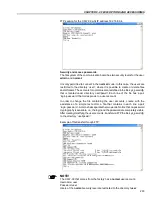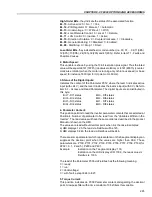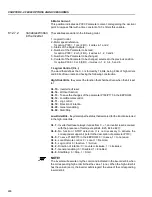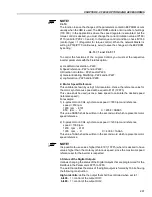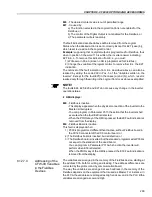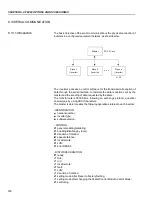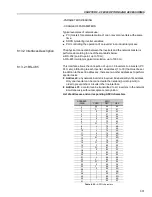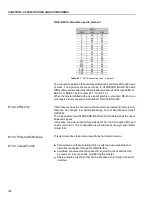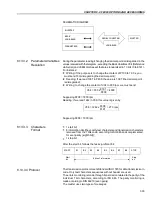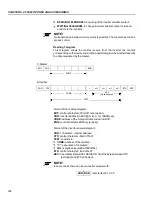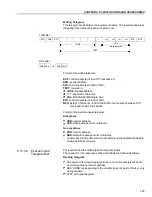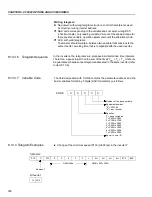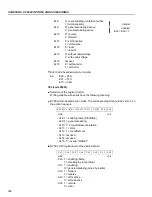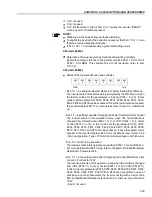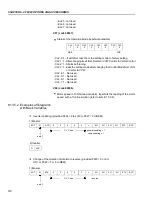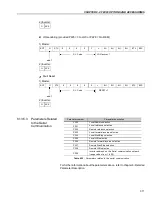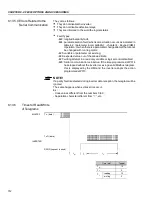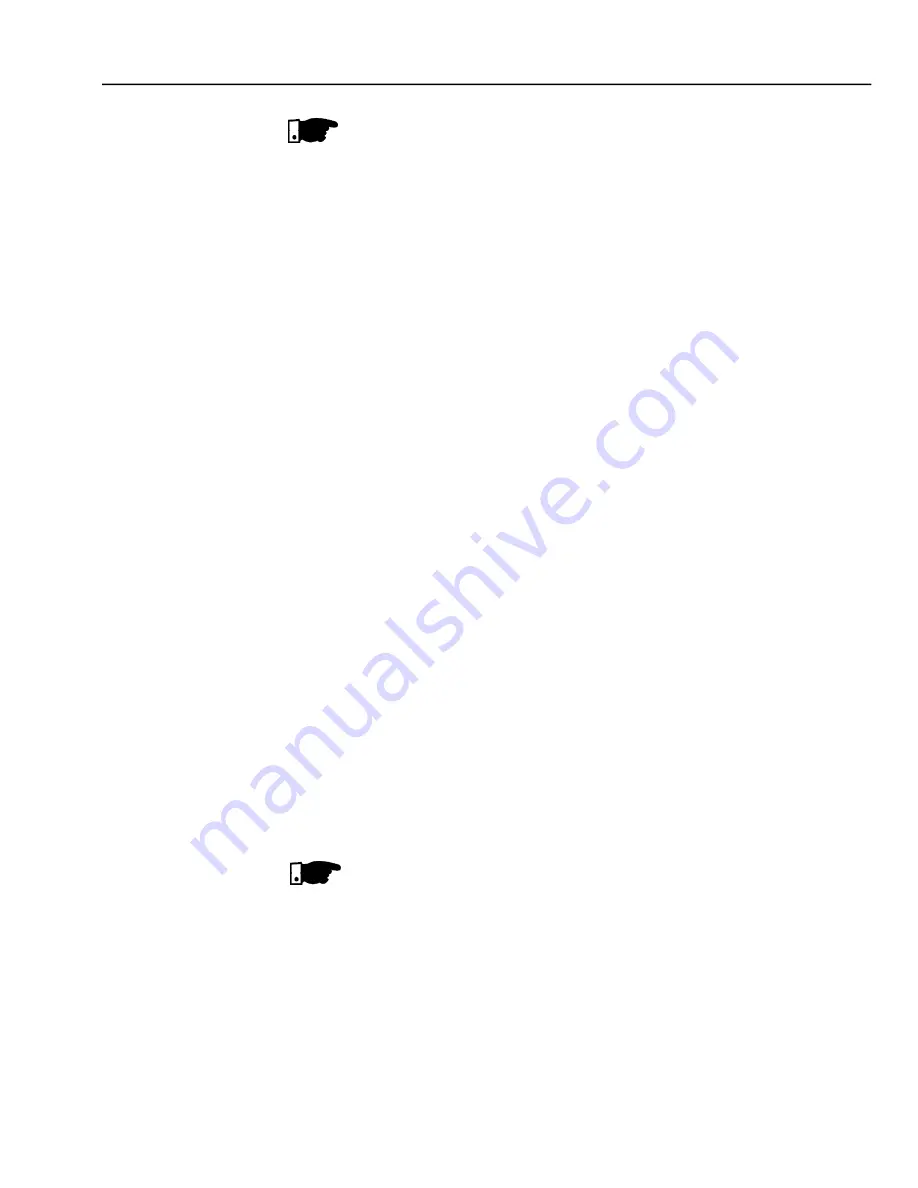
297
CHAPTER 8 - CFW-09 OPTIONS AND ACCESSORIES
NOTE!
CL.13:
The function to save the changes of the parameters content in EEPROM occurs
usually when the HMI is used. The EEPROM admits a limit number of writings
(100 000). In the applications where the speed regulator is saturated, but the
torque control is desired, you must change the current limitation value at P169/
P170 (valid for P202 = 3 and 4). In this torque control condition, check if P160
(control type) = 1 (Regulator for torque control). When the network Master is
writing in P169/P170 continuously, avoid to save the changes in the EEPROM,
by setting:
CL.13 = 1 and CL.5 = 1
To control the functions of the Logical Control, you must set the respective
inverter parameters with the Fieldbus option.
a) Local/Remote selection - P220;
b) Speed reference - P221 and/or P222;
c) Direction of rotation - P223 and/or P226;
d) General Enabling, Start/Stop - P224 and/or P227;
e) Jog Selection - P225 and/or P228.
2. Motor Speed Reference
This variable is shown by using 13-bit resolution. Hence, the reference value for
the motor synchronous speed will be equal to 8191 (1FFFh).
This value shall be used just as a base speed to calculate the desired speed
(reference speed).
For example:
1) 4-poles motor, 60 Hz, synchronous speed = 1800 rpm and reference
speed = 650 rpm
1800 rpm - 8191
650 rpm - X
X = 2958 = 0B8Eh
This value 0B8Eh shall be written in the second word which represents motor
speed reference.
2) 6-poles motor, 60 Hz, synchronous speed = 1200 rpm and reference
speed = 1000 rpm.
1200 rpm - 8191
1000 rpm - X
X = 4096 = 1AAAh
This value 1AAAh shall be written in the second word which represents motor
speed reference.
NOTE!
It is possible to use values higher than 8191 (1FFFh) when it is desired to have
values higher than the motor synchronous speed, since the maximum speed
reference set for the inverter is respected.
3. Status of the Digital Outputs:
It allows changing the status of the Digital Outputs that are programmed for the
Fieldbus in the Parameters P275 to P280.
The word that defines the status of the digital outputs is formed by 16 bits, having
the following construction:
High-order bits:
define the output that shall be controlled when set to 1:
bit.08
- 1 = control of the output DO1;
bit.09
- 1 = control of the output DO2;


